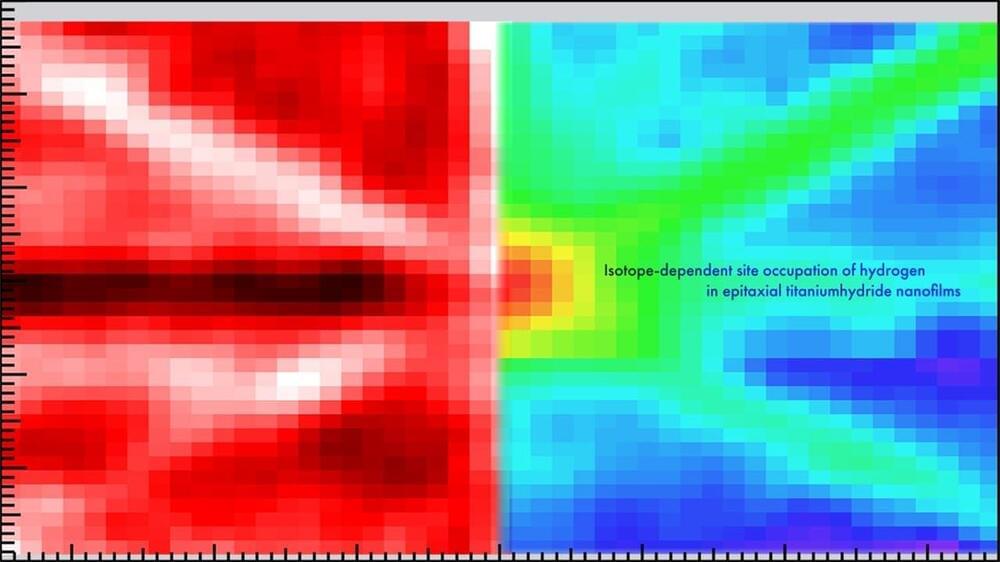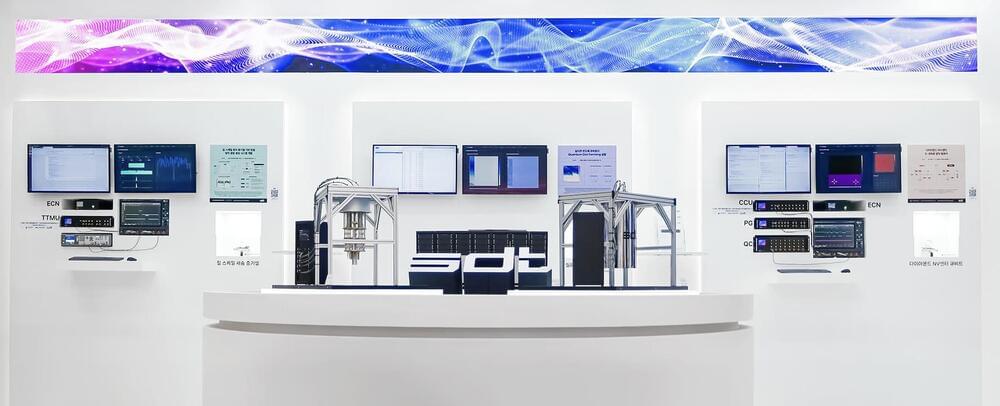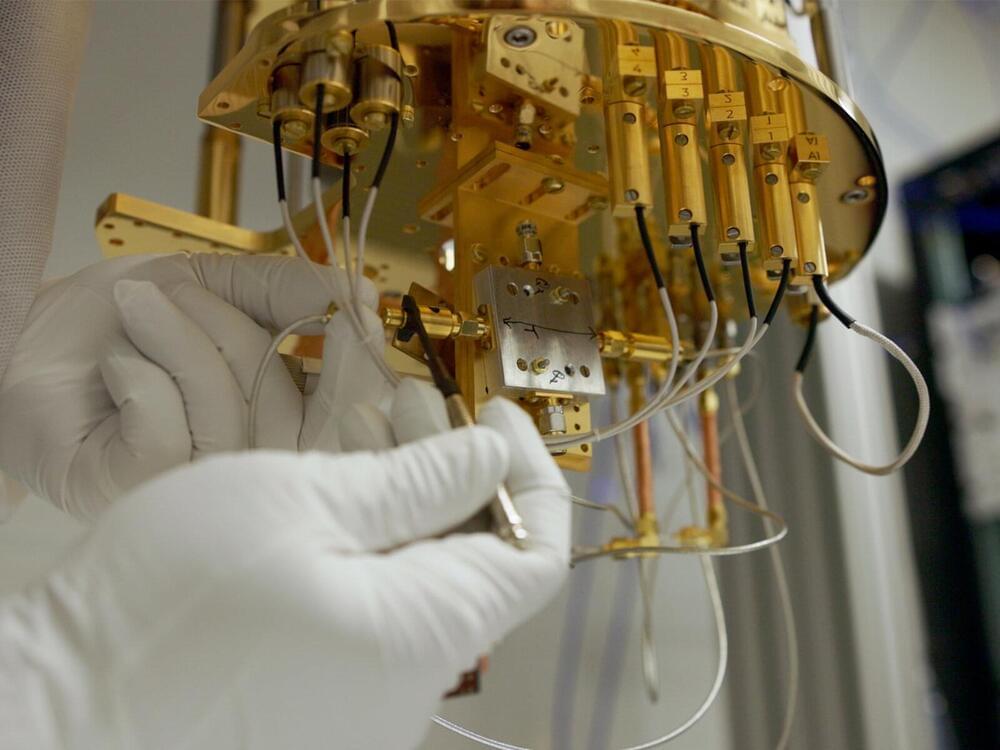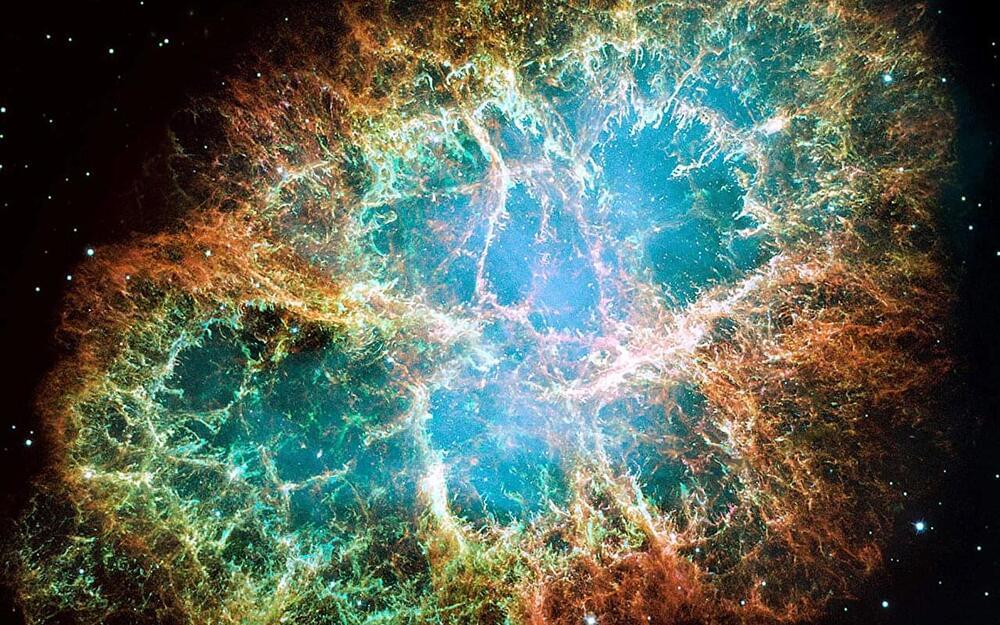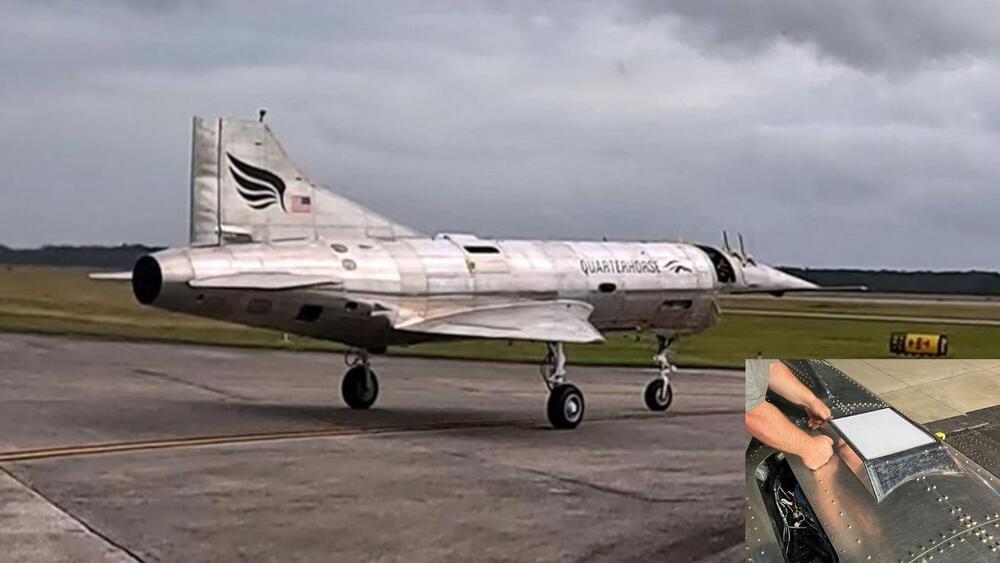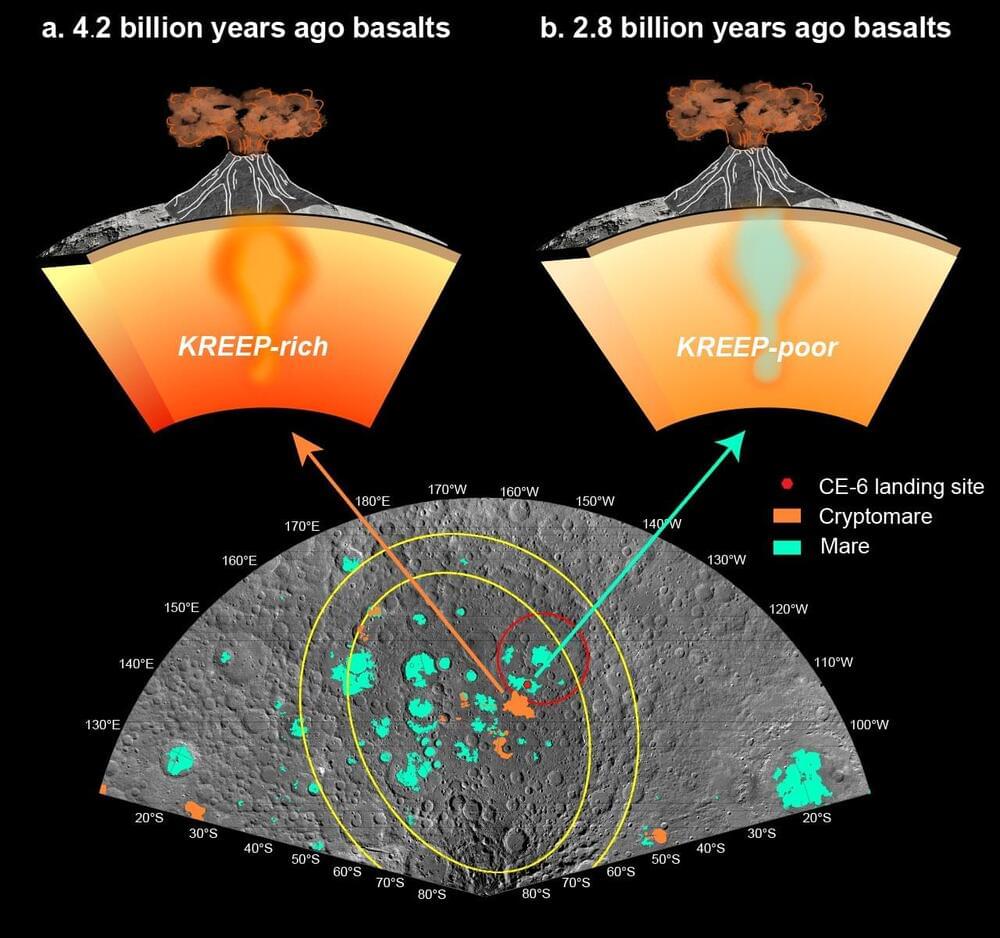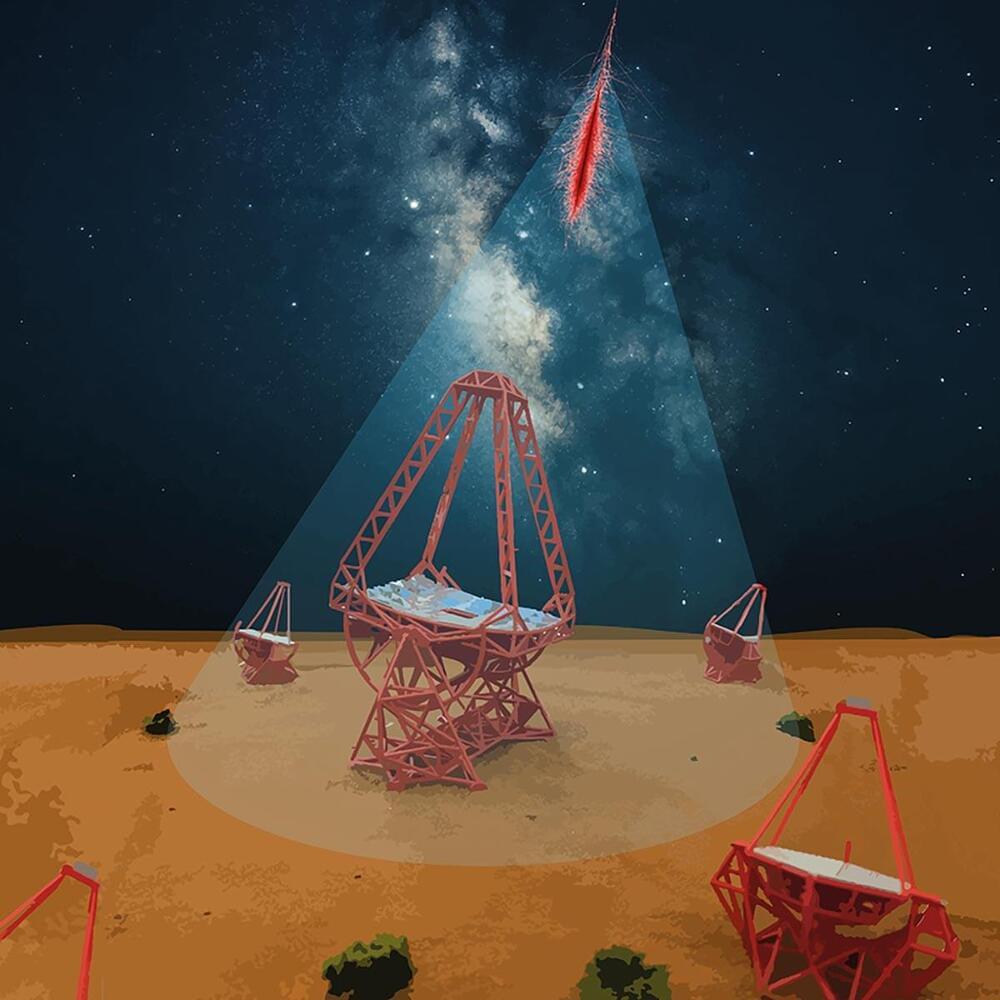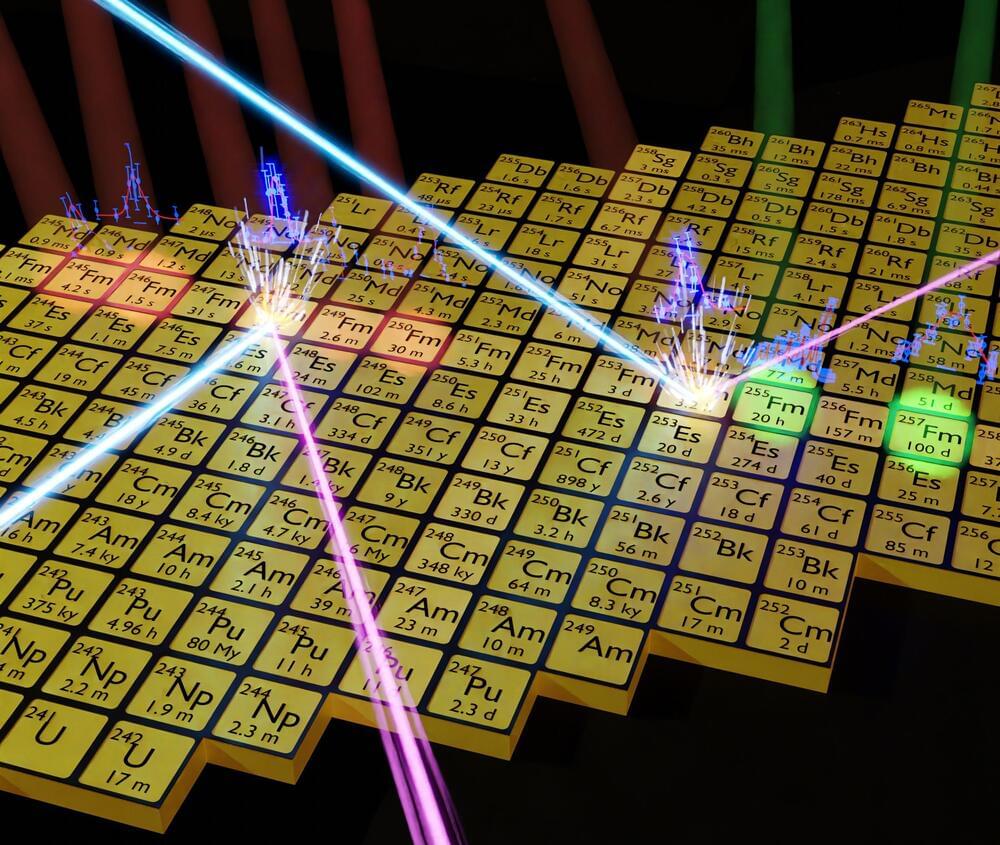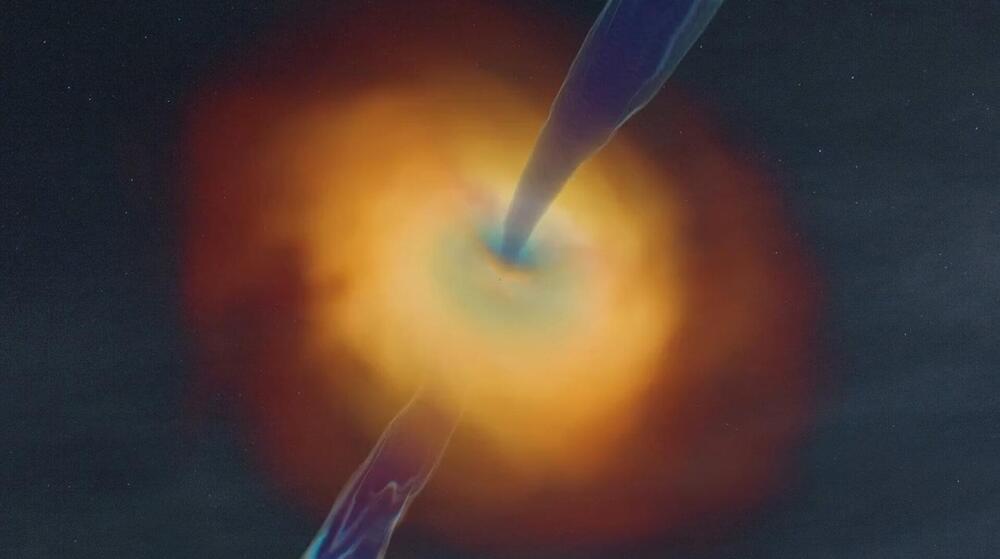Nov 19, 2024
Hydrogen Mapping Breakthrough Could Transform Energy Storage and Technology
Posted by Genevieve Klien in categories: mapping, nuclear energy, particle physics
Researchers have developed a method to precisely locate hydrogen atoms within nanofilams, a breakthrough with significant implications for superconductivity and other material properties.
Their study, employing nuclear reaction analysis and ion channeling, revealed how hydrogen and its isotopes are distributed within titanium nanofilms, offering insights into tuning the material properties for various applications including hydrogen storage and catalysis.
Impact of hydrogen on material properties.
